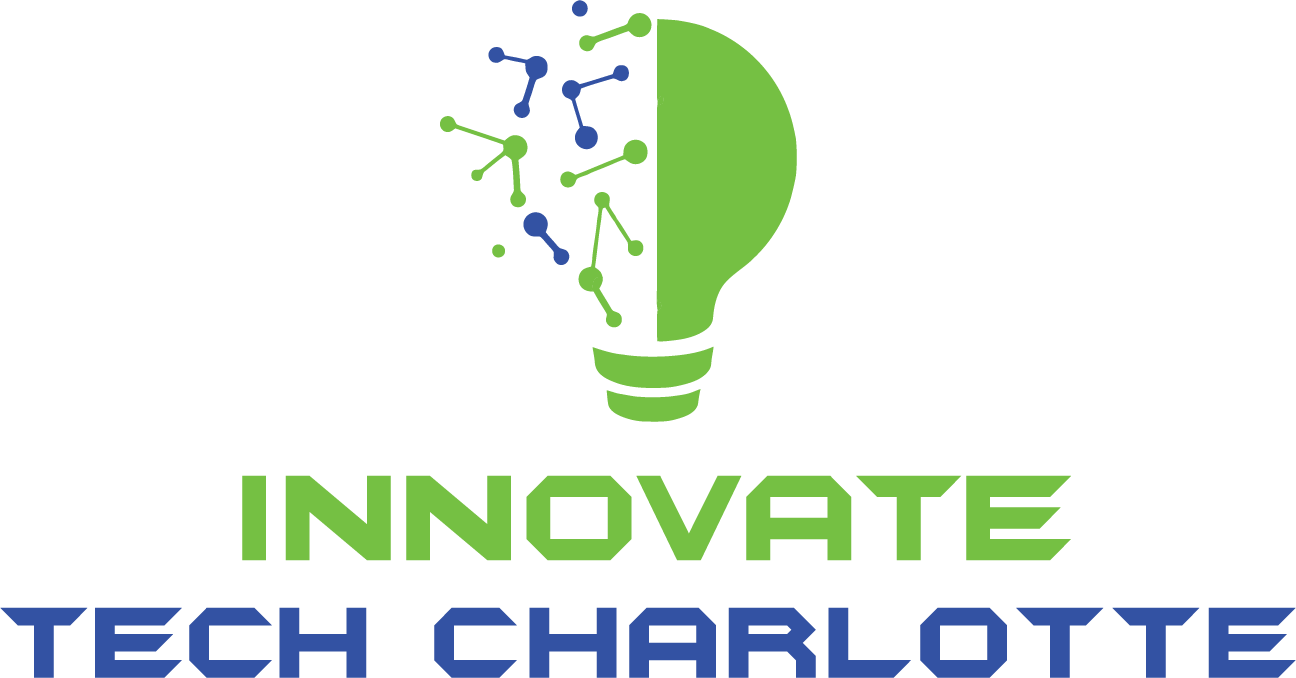The New Student Digital Workforce: Navigating Expectations and Preparations
The modern workforce is undergoing a significant transformation, driven by the rapid advancement of technology, particularly Artificial Intelligence (AI). As students prepare to enter this evolving job market, it is crucial to understand the expectations and the necessary preparations to ensure their success.
Digital Literacy: A Fundamental Requirement
In today’s tech-driven age, digital literacy has become a fundamental skill for students and aspiring job seekers. The ability to use digital tools effectively is no longer optional but a necessity. Digital literacy helps individuals navigate digital platforms, complete tasks more efficiently, and adapt to new technologies as they emerge.
– Basic Digital Tools: Proficiency in basic digital tools such as email, word processors, and spreadsheets is essential. These skills give candidates a significant advantage in the job market, as they are required for tasks such as managing company correspondence, tracking data, and creating reports.
– Efficiency and Productivity: Digital literacy allows individuals to work more efficiently by automating tasks, streamlining workflows, and minimizing errors. Students who are digitally literate can use apps and platforms to organize assignments, manage their time better, and communicate with teachers more effectively.
Global Competence and Online Education
As the workforce becomes increasingly global, students need to develop global competence to thrive. This involves understanding different cultures, collaborating with peers from various backgrounds, and staying informed about global developments.
– Online Learning: Online education has become a powerful tool for skill development and career advancement. It provides access to a diverse student body, exposing students to a wide array of perspectives and fostering greater cultural awareness and competency. Online courses and digital credentials are now recognized by employers as equivalent to in-person programs, offering flexibility and convenience.
– Global Connections: Students can participate in virtual seminars, collaborative projects with international peers, and access global research, enhancing their studies and preparing them for a global workforce. This global exposure helps students develop the skills necessary to work in a multicultural environment.
Preparing for an AI-Driven Workforce
The integration of AI into the workforce is inevitable, and students must be prepared to work alongside AI systems.
– AI Literacy: Educators need to introduce students to AI concepts, tools, and skills. This includes understanding the benefits and pitfalls of AI, as well as developing lifelong learning and continuous skilling in AI. Universal AI literacy is crucial for every learner and worker to stay competitive.
– Adaptability and Resilience: The World Economic Forum’s Future of Jobs Report highlights that AI will create new jobs but also require workers to adapt to changing skill demands. Students need to develop skills such as resilience, motivation, curiosity, and lifelong learning to thrive in an ever-changing work environment.
– Human-AI Collaboration: The future workforce will involve collaboration between humans and AI systems. Students must learn how to work effectively with AI, focusing on uniquely human skills that AI cannot replicate, such as critical thinking, emotional intelligence, and creativity.
Ethical Considerations and Worker Rights
As AI becomes more pervasive, ethical considerations become increasingly important.
– Data Privacy and Bias: Students need to understand the importance of data privacy and bias mitigation in AI systems. Ensuring that AI decisions are fair, transparent, and free from bias is crucial for maintaining trust and equity in the workplace.
– Worker Autonomy: The use of AI for monitoring and surveillance can undermine worker autonomy. Employers must balance the need for efficiency with the need to respect workers’ rights and privacy, ensuring that workers have the agency to adopt and learn from AI innovations.
Continuous Learning and Professional Development
The dynamic nature of the digital workforce requires continuous learning and professional development.
– Lifelong Learning Culture: Encouraging a culture of lifelong learning is vital. Students and workers need to stay updated with the latest trends and technologies to remain relevant and competitive. This involves providing ongoing training and development opportunities to enhance both technical and soft skills.
– Industry-Specific Training: Embedding industry- and occupation-specific AI literacy learning in training and curriculum at all levels is essential. This focus on Elevate and Augment skills helps students and workers adapt to the specific demands of their industries.
Recommendations for Policy Leaders, Employers, and Educators
To prepare the new student digital workforce effectively, several key strategies are recommended:
– Organization Culture and Leadership: Cultivate organizational cultures that anticipate, accept, and adapt to technology-driven change. This involves prioritizing both innovation and support for workers, ensuring they are equipped to handle the dynamic nature of AI integration.
– Technology Infrastructure: Upgrade technology infrastructure to responsibly and transparently integrate AI use cases into day-to-day work. This includes assessing the impact of AI on various tasks and skills and making necessary adjustments to workflows and job roles.
– Workforce Planning: Create systems and practices that support the assessment and reshaping of jobs and training pathways to prepare for ongoing AI-driven evolution. This includes flexible, human-centered job profiles and support for job-crafting strategies by workers and frontline managers.
Conclusion
The new student digital workforce is entering a job market that is rapidly evolving due to technological advancements, particularly AI. To succeed, students must be digitally literate, globally competent, and prepared to work alongside AI systems. By focusing on continuous learning, ethical considerations, and human-AI collaboration, we can ensure that the next generation of workers is equipped to thrive in this dynamic environment.
Educators, employers, and policymakers have a critical role in preparing students for this future. By implementing the right strategies, such as universal AI literacy, industry-specific training, and a culture of lifelong learning, we can create a workforce that is not only ready but also empowered to navigate the challenges and opportunities of the digital age.
